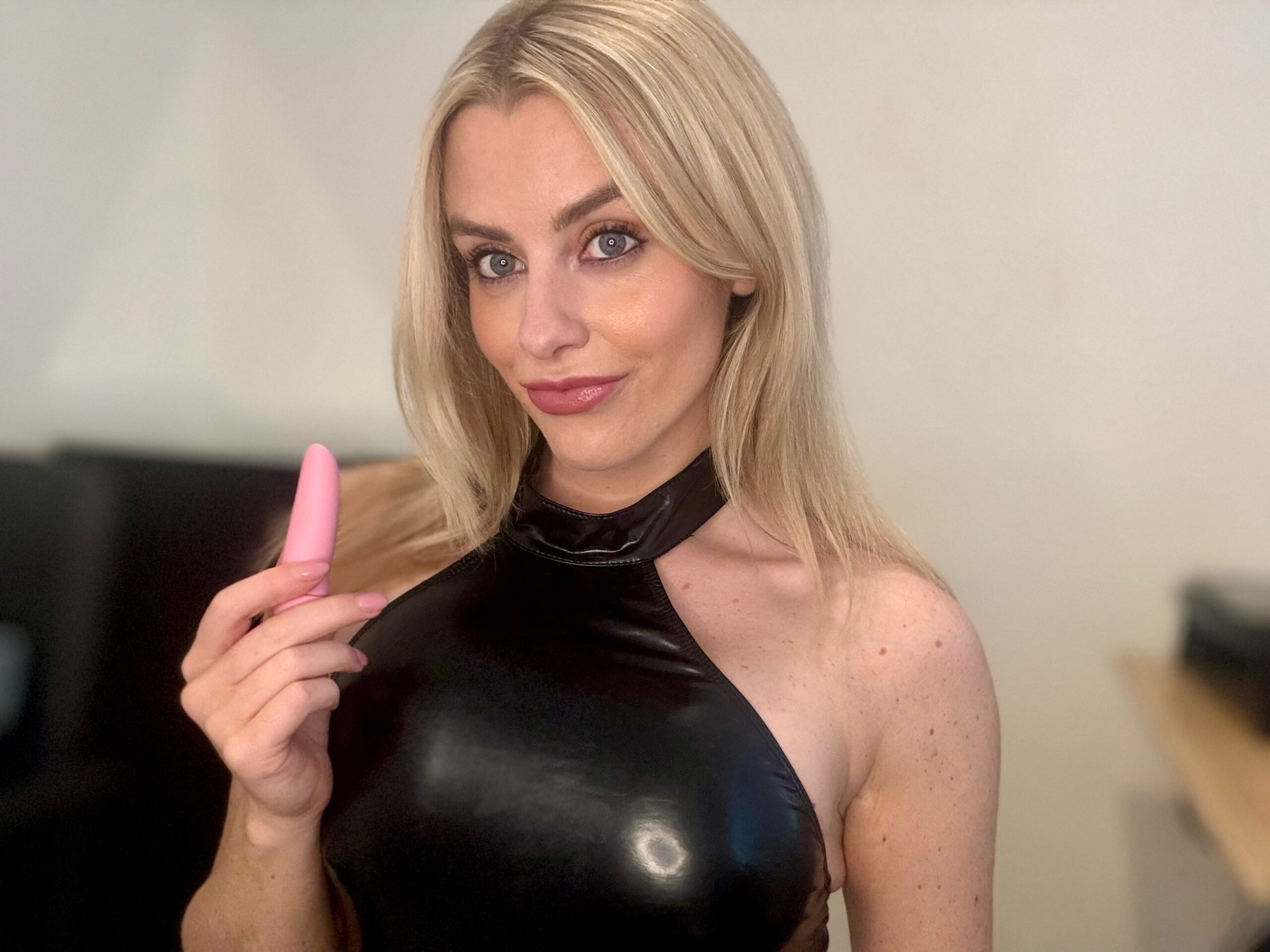Understanding Gender Identity
Understanding gender identity is crucial in creating an inclusive and accepting society. Gender identity refers to a person’s deeply felt sense of their own gender, which may or may not align with the sex they were assigned at birth. Gender identity is a spectrum, encompassing a wide range of identities beyond the traditional binary of male and female. Exploring the complexities of gender diversity allows us to appreciate the richness and beauty of human experience.
Beyond the Binary
Beyond the traditional understanding of gender as strictly male or female lies a diverse spectrum of gender identities. Gender non-conforming individuals do not identify solely with one of these categories, embracing expressions and experiences that fall outside societal norms. These individuals may identify as transgender, genderqueer, non-binary, agender, or other identities that defy the binary framework. It’s essential to recognize that gender is a personal experience, unique to each individual.
Understanding this spectrum requires empathy and a willingness to learn. Gender non-conforming individuals may express their gender through clothing, hairstyles, mannerisms, or other outward expressions. However, it’s crucial to remember that gender identity is internal and not solely determined by external appearances. Respecting an individual’s self-identified gender is paramount, using the pronouns and name they prefer.
Embracing gender diversity enriches our society by challenging rigid norms and fostering inclusivity. It allows us to celebrate the multifaceted nature of human identity and create a more accepting world where everyone can feel seen, valued, and respected for who they truly are.
The Spectrum of Gender Expression
Understanding gender identity is crucial in creating an inclusive and accepting society. Gender identity refers to a person’s deeply felt sense of their own gender, which may or may not align with the sex they were assigned at birth. Gender identity is a spectrum, encompassing a wide range of identities beyond the traditional binary of male and female. Exploring the complexities of gender diversity allows us to appreciate the richness and beauty of human experience.
Beyond the traditional understanding of gender as strictly male or female lies a diverse spectrum of gender identities. Gender non-conforming individuals do not identify solely with one of these categories, embracing expressions and experiences that fall outside societal norms. These individuals may identify as transgender, genderqueer, non-binary, agender, or other identities that defy the binary framework. It’s essential to recognize that gender is a personal experience, unique to each individual.
Understanding this spectrum requires empathy and a willingness to learn. Gender non-conforming individuals may express their gender through clothing, hairstyles, mannerisms, or other outward expressions. However, it’s crucial to remember that gender identity is internal and not solely determined by external appearances. Respecting an individual’s self-identified gender is paramount, using the pronouns and name they prefer.
Embracing gender diversity enriches our society by challenging rigid norms and fostering inclusivity. It allows us to celebrate the multifaceted nature of human identity and create a more accepting world where everyone can feel seen, valued, and respected for who they truly are.
Gender Identity vs. Sexual Orientation
Understanding gender identity is crucial in creating an inclusive and accepting society. Gender identity refers to a person’s deeply felt sense of their own gender, which may or may not align with the sex they were assigned at birth. Gender identity exists on a spectrum, encompassing a wide range of identities beyond the traditional binary of male and female.
Sexual orientation, on the other hand, refers to a person’s emotional, romantic, and/or sexual attraction to other people. It is distinct from gender identity, as it focuses on who a person is attracted to, rather than how they identify themselves.
While there are overlaps and intersections between gender identity and sexual orientation, they are separate concepts. A transgender woman may be straight, lesbian, bisexual, or any other sexual orientation. Similarly, a cisgender person can identify as gay, lesbian, bisexual, or asexual.
It’s important to recognize and respect the individuality of each person’s gender identity and sexual orientation. Using accurate pronouns and respecting individuals’ self-identified identities is essential for creating a more inclusive and understanding society.
Navigating the Gender Non-Conforming Experience
Understanding how people experience and express their genders is essential for building a truly inclusive world. Gender non-conforming individuals challenge traditional norms and expand our understanding of what it means to be human.
Identifying as Non-Conforming
Navigating the gender non-conforming experience can be both challenging and empowering. It requires self-discovery, self-acceptance, and the courage to live authentically in a world that often seeks to define individuals within rigid categories.

Identifying as gender non-conforming means recognizing that one’s gender identity does not fit neatly into the traditional binary of male or female.
This can manifest in various ways, from clothing choices and mannerisms to personal expression and internal feelings. It’s essential to remember that gender is a deeply personal experience, unique to each individual.

For those questioning their gender identity, seeking support and understanding can be invaluable. Connecting with other non-conforming individuals through online communities or support groups can provide a sense of belonging and shared experience.
Educating oneself about different gender identities and expressions is crucial for fostering empathy and understanding.
Remember that pronouns are a fundamental aspect of respecting someone’s gender identity, and it’s important to use the pronouns that align with an individual’s self-identification.
Ultimately, embracing gender diversity enriches society by celebrating the spectrum of human experience and promoting inclusivity for all.
Challenges and Stigma
Navigating the gender non-conforming experience can be challenging due to societal stigma and lack of understanding. Gender non-conforming individuals may face discrimination, prejudice, and microaggressions in various aspects of their lives, including family, education, employment, and healthcare.
One significant challenge is encountering negative stereotypes and misconceptions about gender identity. Some people may view gender non-conformity as a phase or a mental illness, leading to judgment, ridicule, and exclusion.
Another hurdle is the pressure to conform to rigid gender norms. Society often expects individuals to adhere to traditional expectations based on their assigned sex, limiting their freedom of expression and self-discovery.
Moreover, access to resources and support for gender non-conforming individuals can be limited. Lack of adequate mental health services, legal protections, and inclusive educational environments can exacerbate the challenges they face.
Overcoming these obstacles requires ongoing efforts to raise awareness, promote education, and advocate for equality. Creating a society where everyone feels safe and accepted for who they are is essential for fostering individual well-being and societal progress.
Finding Community and Support
Finding community and support is crucial for gender non-conforming individuals as they navigate the complexities of their identity and experience the world.
Connecting with others who understand their journey can provide a sense of belonging, validation, and shared experience.
Online communities and social media platforms offer valuable spaces for connection, allowing individuals to share stories, seek advice, and build relationships with like-minded people.
Local support groups and organizations dedicated to LGBTQ+ rights can provide in-person connections and resources tailored to specific needs.
These groups often host events, workshops, and social gatherings, creating opportunities for socializing and building a sense of community.
For those seeking professional guidance, therapists specializing in gender identity can offer support and counseling to help individuals explore their feelings, navigate challenges, and develop coping strategies.
Remember, finding your tribe can make a significant difference in your journey.
Creating a More Inclusive Society
Creating an inclusive society starts with understanding the diverse ways people experience and express their gender. It involves recognizing that gender is not a binary concept but rather a spectrum encompassing a wide range of identities beyond traditional male and female categories.
Respectful Language and Terminology
Understanding these nuances requires empathy, respect, and a willingness to learn. Using accurate pronouns and affirming individuals’ self-identified genders is essential.
Beyond language, creating an inclusive society involves challenging harmful stereotypes, promoting equal opportunities, and fostering environments where everyone feels safe, valued, and accepted for who they are.
Challenging Gender Stereotypes

Understanding gender identity is crucial in creating an inclusive and accepting society. Gender identity refers to a person’s deeply felt sense of their own gender, which may or may not align with the sex they were assigned at birth. Gender identity exists on a spectrum, encompassing a wide range of identities beyond the traditional binary of male and female.
Sexual orientation, on the other hand, refers to a person’s emotional, romantic, and/or sexual attraction to other people. It is distinct from gender identity, as it focuses on who a person is attracted to, rather than how they identify themselves.
While there are overlaps and intersections between gender identity and sexual orientation, they are separate concepts. A transgender woman may be straight, lesbian, bisexual, or any other sexual orientation. Similarly, a cisgender person can identify as gay, lesbian, bisexual, or asexual.
It’s important to recognize and respect the individuality of each person’s gender identity and sexual orientation. Using accurate pronouns and respecting individuals’ self-identified identities is essential for creating a more inclusive and understanding society.
- Gender identity is different from sexual orientation, although they are interconnected concepts.
- Respecting someone’s chosen name and pronouns demonstrates inclusivity and validates their identity.
Advocating for Equality
Understanding gender identity is crucial in creating an inclusive and accepting society. Gender identity refers to a person’s deeply felt sense of their own gender, which may or may not align with the sex they were assigned at birth. Gender identity exists on a spectrum, encompassing a wide range of identities beyond the traditional binary of male and female.
Sexual orientation, on the other hand, refers to a person’s emotional, romantic, and/or sexual attraction to other people. It is distinct from gender identity, as it focuses on who a person is attracted to, rather than how they identify themselves.
While there are overlaps and intersections between gender identity and sexual orientation, they are separate concepts. A transgender woman may be straight, lesbian, bisexual, or any other sexual orientation. Similarly, a cisgender person can identify as gay, lesbian, bisexual, or asexual.
It’s important to recognize and respect the individuality of each person’s gender identity and sexual orientation. Using accurate pronouns and respecting individuals’ self-identified identities is essential for creating a more inclusive and understanding society.
the blooming orchid sex position
Access all insights provided
Catch what the story reveals
- Obagi Blue Peel Radiance Peel Near Dockenfield, Surrey - October 29, 2025
- Non-Surgical Dark Circle Correction In Epsom, Surrey - October 26, 2025
- Nefertiti Neck Lift Treatment Near Kenley, Surrey - October 23, 2025
